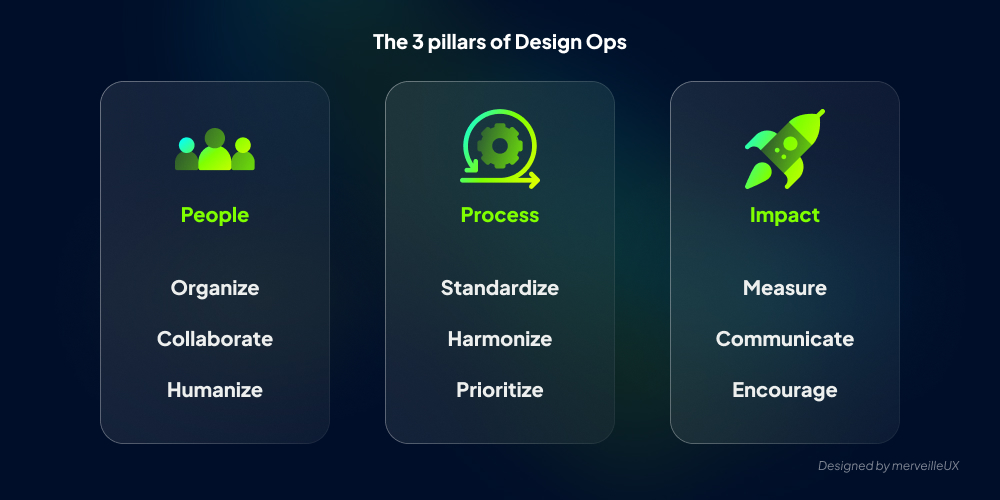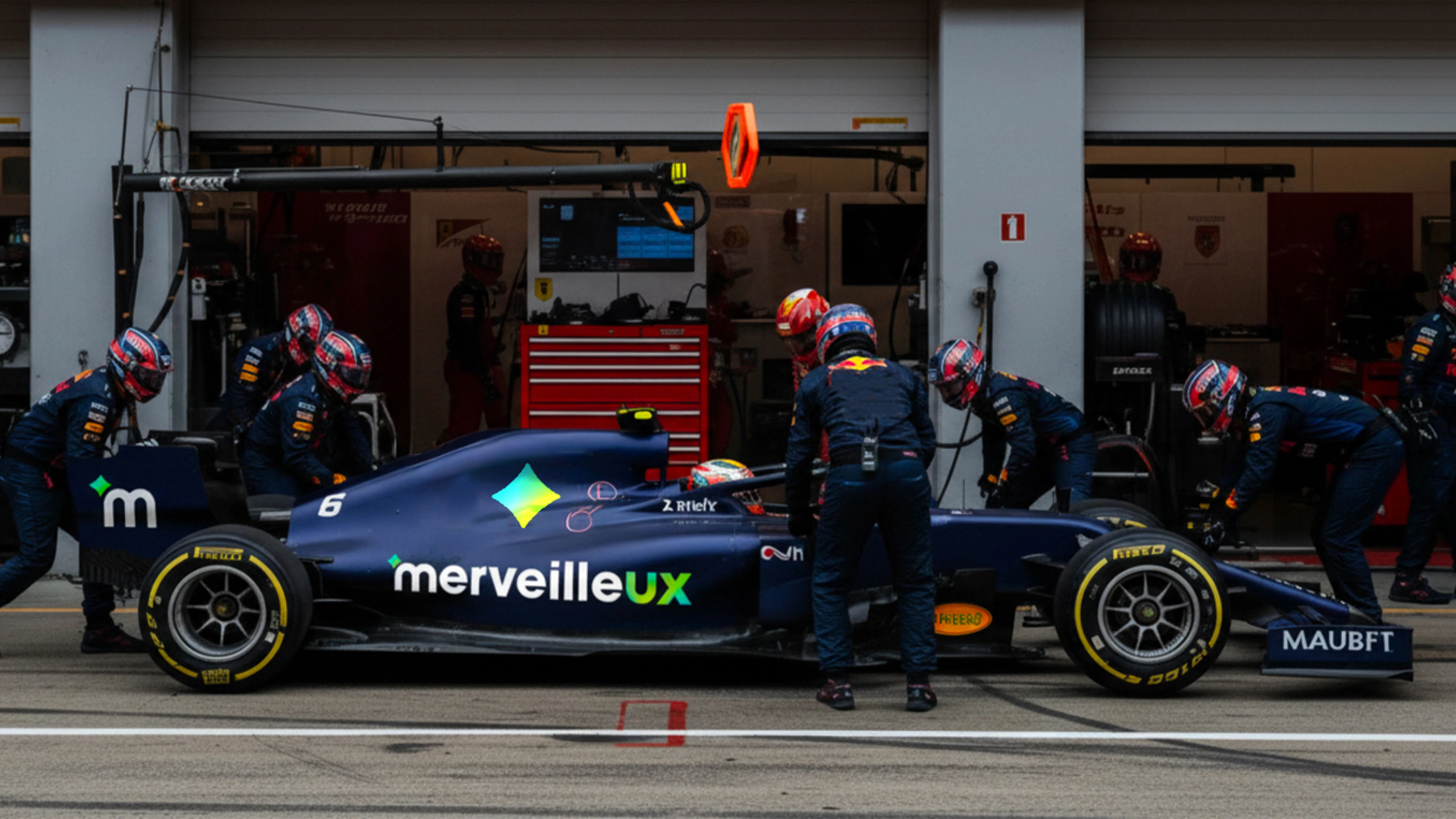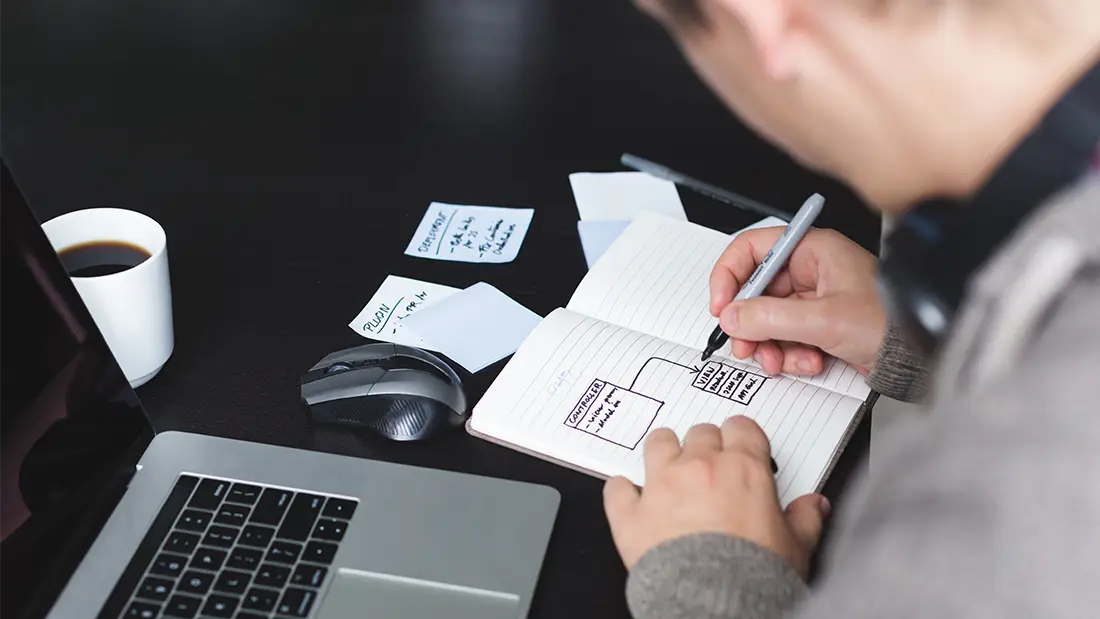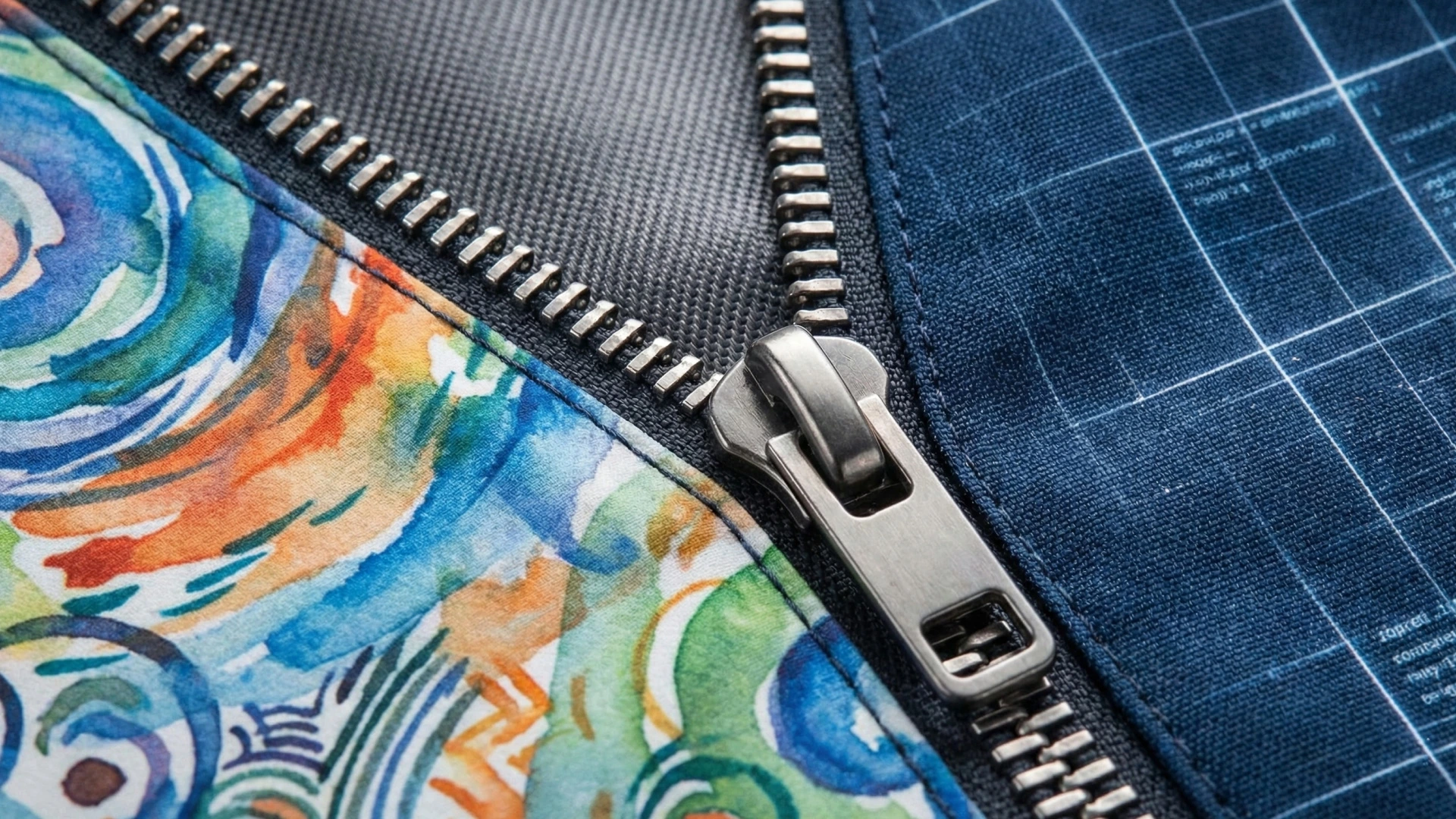Your startup is a Formula 1 car at full speed, and every sprint is another lap. Your developers are in the pit lane, ready for a two-second tire change. The problem? The design team is still debating which compound to use. Sound familiar? As it scales, your SaaS startup faces frictions that cost you precious seconds on every turn. The result: visual inconsistencies that reduce traction, back-and-forths that overheat the engine, and a technical debt that weighs down the chassis. You fear that UX is going to make you lose the race. It’s a legitimate concern. Fortunately, there’s a pragmatic solution: Design Ops. Forget the jargon; this isn’t a trendy new winglet but the strategy that turns your chaotic pit stops into a competitive advantage.
Table of contents
What is Design Ops (Without the Jargon)?
Simply put, Design Ops is the application of operational efficiency principles ("Ops") to the world of design. The goal is crystal clear: to free designers from organizational friction so they can focus on their core mission—crafting exceptional experiences. It’s not about "managing" designers, but about building an environment where quality design can be produced at scale, smoothly and predictably.
For a CTO, the most powerful analogy is DevOps. Just as DevOps broke down silos between developers and operations to automate and accelerate code delivery, Design Ops does the same for design and the rest of the company, especially the development team.
The ultimate goal is to produce a higher quality user experience, faster, and more consistently, whether you have two designers or twenty.
The 3 Pillars to Make Your Design Predictable and Scalable
To move from theory to practice, Design Ops is built on three fundamental pillars.

Pillar 1: Team Collaboration
Before tools, there are people. This pillar aims to structure human interactions to create a high-performing, cohesive team.
-
Organize: This is about drawing a clear map of the team. What's the organizational structure? How does it integrate with the rest of the company? Defining everyone's roles eliminates gray areas and ensures everyone knows who does what, which prevents duplicated work and oversights.
-
Collaborate: This is the oil in the machine. It involves establishing effective rituals (regular check-ins, design critiques), creating a work environment that fosters both focus and knowledge sharing, and encouraging skill dissemination to ensure the team levels up together.
-
Humanize: A team is not just a collection of resources. This component covers the entire talent lifecycle: defining hiring needs, ensuring an onboarding process that makes new hires autonomous quickly, and offering clear career paths to retain top talent.
Pillar 2: Workflows and Processes
This is your production engine room. The goal is to replace dirt tracks with highways, using clear, repeatable workflows that eliminate bottlenecks.
-
Standardize: This involves improving and documenting design processes to make them predictable. This means defining clear design activities aligned with objectives and standardizing tools so that everyone uses the same stack in the same way.
-
Harmonize: This is where the Design System becomes the backbone of your product. It ensures consistency. Added to this is the centralization of user research (UXR) data and all digital assets to create a single source of truth, accessible to all.
-
Prioritize: An effective design team works on the right things. It's crucial to optimize workload, establish reliable methods for estimating project effort, and implement a prioritization system that aligns design with the company's strategic goals.
Pillar 3: Results and Impact
Design is not an expense; it's an investment. This pillar ensures its value is measured, understood, and recognized throughout the company.
-
Measure: To move beyond opinion-based debates, you need data. This involves defining quality standards, choosing the right KPIs to track (conversion rates, user satisfaction, etc.), and using design methodologies that incorporate measurement from the start.
-
Communicate: The best work is useless if no one understands its impact. You need to educate the company on the role and value of design, particularly by sharing success stories that prove the ROI of UX initiatives.
-
Foster: Excellence is cultivated. This component involves investing in continuous training for designers to keep them at the cutting edge, as well as organizing workshops for non-designers (developers, marketers) to create a shared design culture.
The Concrete Benefits for Your SaaS Startup
Beyond the concepts, the impact of Design Ops is measured in pure performance. For a SaaS startup, here are the direct gains:
-
Reduced visual technical debt: Every time a developer implements a component "on the fly" without clear direction, they create debt. Design Ops, especially through a Design System, nips this problem in the bud and empowers developers to do their jobs well.
-
Accelerated development cycles: Clear processes and reusable components mean fewer questions and less back-and-forth. The result: more efficient and, above all, more predictable sprints, which is essential for a reliable product roadmap.
-
Less friction between design and development: Design Ops is the glue that binds these two teams. By sharing the same tools, the same goals, and a common language, UX, collaboration finally becomes smooth and constructive.
-
Improved scalability: A product that grows without processes quickly becomes unmanageable. Design Ops provides the structure and discipline needed for your application to evolve without collapsing under its own weight.
Where to Start? Design Ops Isn't Rocket Science
The idea of implementing all of this can seem daunting. But Design Ops is not a "big bang" project. It's an iterative approach that starts by solving the most painful problem.
-
Start with an audit. Before you build, you need to know the lay of the land. Map the journey of an idea from its inception to production. Where are the biggest frictions? The endless back-and-forths? The inconsistent components? A UX audit of your current processes will give you a clear roadmap.
-
Launch a mini Design System. Don't aim for the perfect system. Start by documenting and building the 10 most-used components in your application (buttons, inputs, cards...). The impact will be immediate and will bring visible relief to your teams.
-
Clarify one critical workflow. Choose the most painful process (for example, getting a new design approved) and get everyone to agree on a simple, documented way of doing it. Pave a road where there was only a muddy path.
Conclusion: Your True Competitive Advantage
Design Ops isn't a cost; it's a strategic investment in your company's scalability. It transforms design from an expensive and unpredictable operational silo into a high-performing, predictable, and scalable asset, on par with your technical infrastructure.
For Camille, the CTO, it’s the assurance that her development team can keep accelerating, not in spite of design, but thanks to a well-orchestrated design process that delivers the right ingredients at the right time.
Are your teams spending more time debating than producing? Is your roadmap's effectiveness undermined by constant surprises? Let's talk. Schedule a free 30-minute consultation to identify the first Ops initiative that will unlock your design team's potential.



